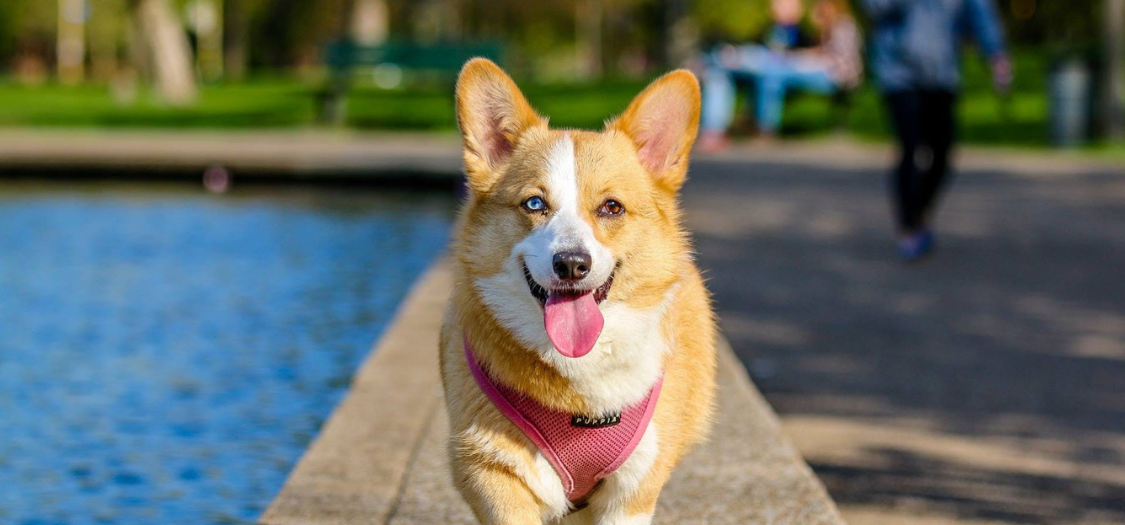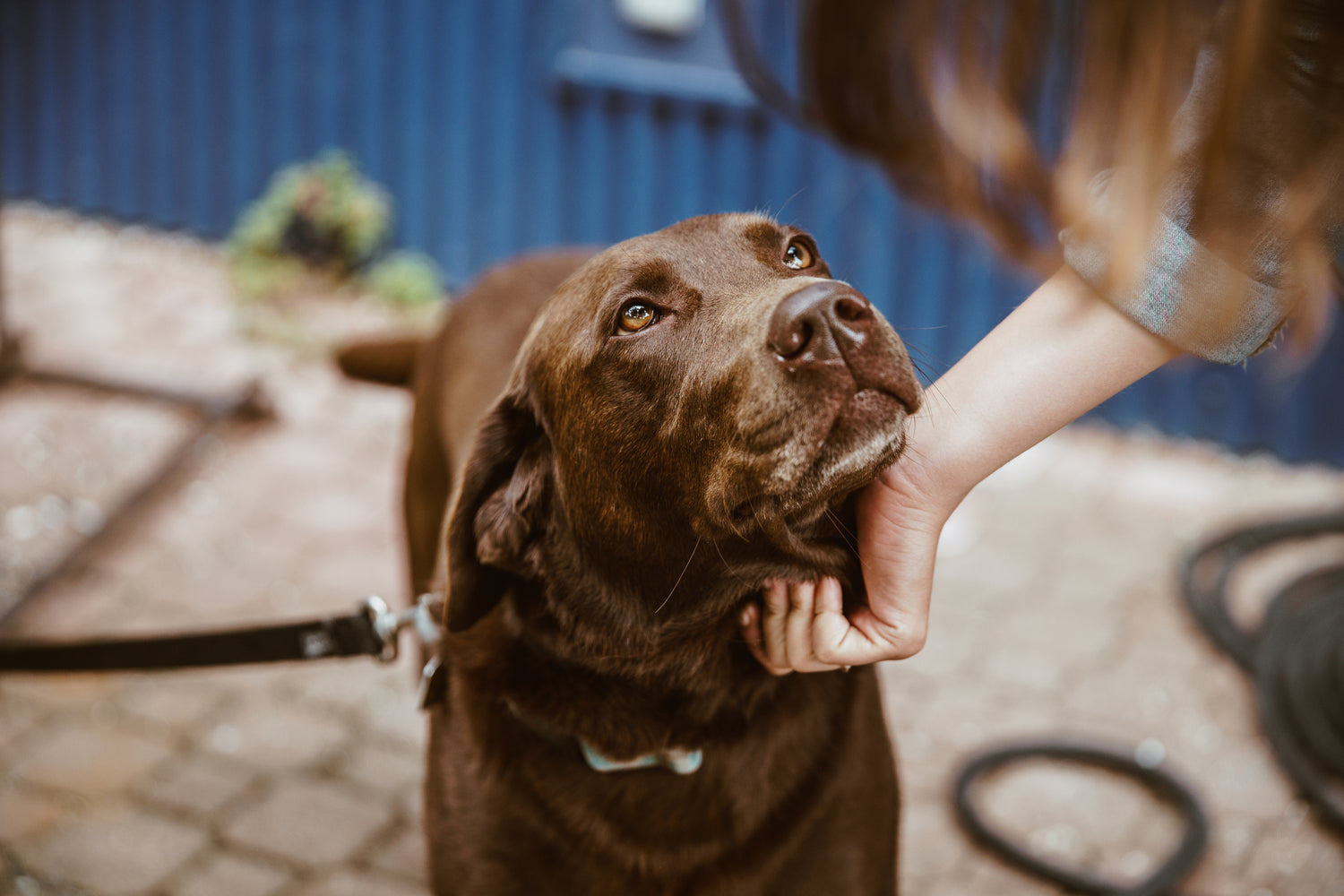My Dog has Arthritis in Her Elbows
What Should I Do?

When your dog has been diagnosed with elbow dysplasia by your vet, they will give you an indication of the nature and extent of the dysplasia. This will help you to understand the severity of the condition in your dog and in turn, will inform which treatment options are most appropriate for your individual dog.
Most dogs start showing symptoms between 5 - 18 months old. However, sometimes dogs with mild elbow dysplasia may not show signs until later in life, once they have developed a greater degree of arthritis / osteoarthritis in their elbows.
There is a grading system for categorising elbow dysplasia which goes from 0 -3:
Treatment options differ depending on the type and severity of your dog’s elbow dysplasia as well as the level of pain your dog is experiencing. Treatment and management is either surgical or conservative (non-surgical).
Conservative or non-surgical treatment for hip dysplasia in dogs includes:
Non-surgical options can involve giving your dog anti-inflammatory painkillers, physiotherapy, weight management, controlled exercise and/or applying a supportive brace which can help to support their elbow joints.
If your dog suffers with elbow dysplasia, it is really important to keep your dog at an ideal weight. Any extra weight that they carry, directly increases the strain on their elbow joint(s), thereby making symptoms worse and increasing the amount of pain which your dog will experience. Furthermore, research has shown that if your dog is overweight, or receives excess calories while young and growing, their chance of developing elbow dysplasia is greatly increased or if they are already genetically predisposed to it, they will develop it to a greater degree.
If your dog has already developed elbow dysplasia, it can be a difficult balance of making sure they receive enough exercise (especially when trying to control their weight) and making the problem worse through over-exercising. You will need to make sure your dog stays fit by doing the ‘right’ type of exercise. Regular, short lead walks are ideal. Prevent your dog from jumping, skidding, chasing, racing around and walking or running for longer periods.
If you are looking for supportive Dog Elbow Braces, we recommend looking at two in particular. The Balto Soft is for a single elbow, or Balto Soft Plus is a double elbow brace. The Balto Soft offers excellent, moderate elbow support. The Balto Soft Plus Elbow Brace is a double brace designed to protect and support both your dogs’ elbows. The second brace which we recommend and which receives excellent customer feedback, is the Kruuse Rehab Pro Dog Elbow Protector. This brace cushions and compresses the elbow joint, providing warmth and support to the affected area.
Both are well made, quality dog elbow braces which can be worn all day, indoors or outdoors.
Find all elbow braces here https://zoomadog.co.uk/collections/dog-elbow-braces
There are a number of surgical procedures which aim to treat elbow dysplasia, these can include arthroscopy, osteotomy (surgical correction of bone deformities) or joint replacement in severe cases. Post-surgical care involves many of the steps which conservative management does; weight management, physiotherapy, controlled exercise and anti-inflammatories. Applying a supportive elbow brace post-operatively can also help your dog’s recovery and support their joint more fully.
Sadly, the on-set of osteoarthritis is inevitable in a dog who has elbow dysplasia, even after surgery. However, maintaining good weight management with controlled exercise and giving a joint supplement, which can make a huge difference.
Read more about Elbow Dysplasia and Weakness - Causes, Prevention and How to Help https://zoomadog.co.uk/collections/dog-elbow-dysplasia-and-elbow-weakness


We can help find the right solution for your dog
Feel free to give us a call on 01730 622544
or email us at woof@zoomadog.co.uk
Leave a comment